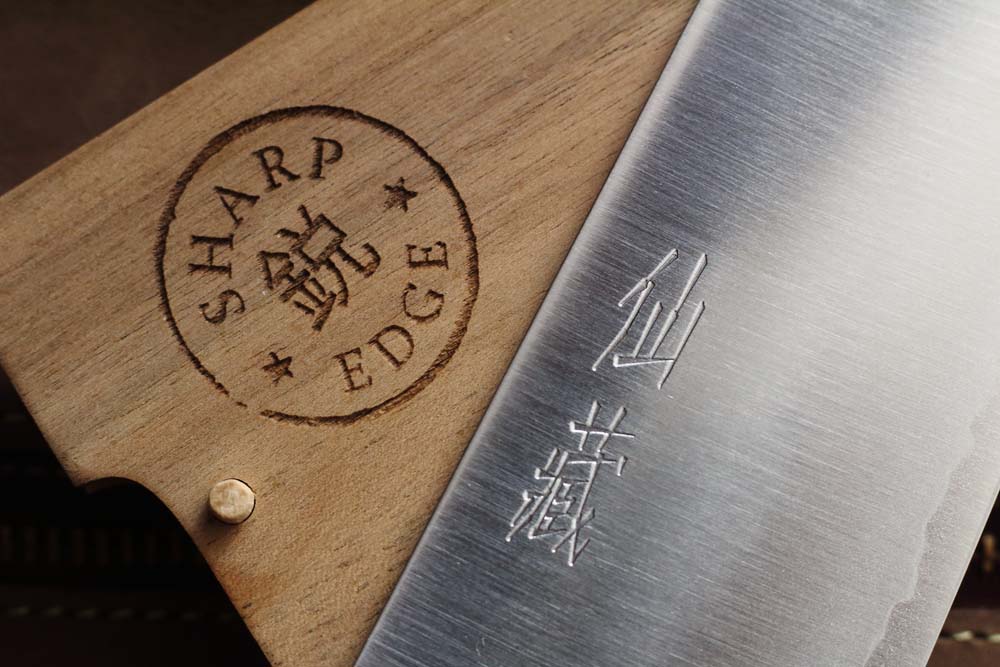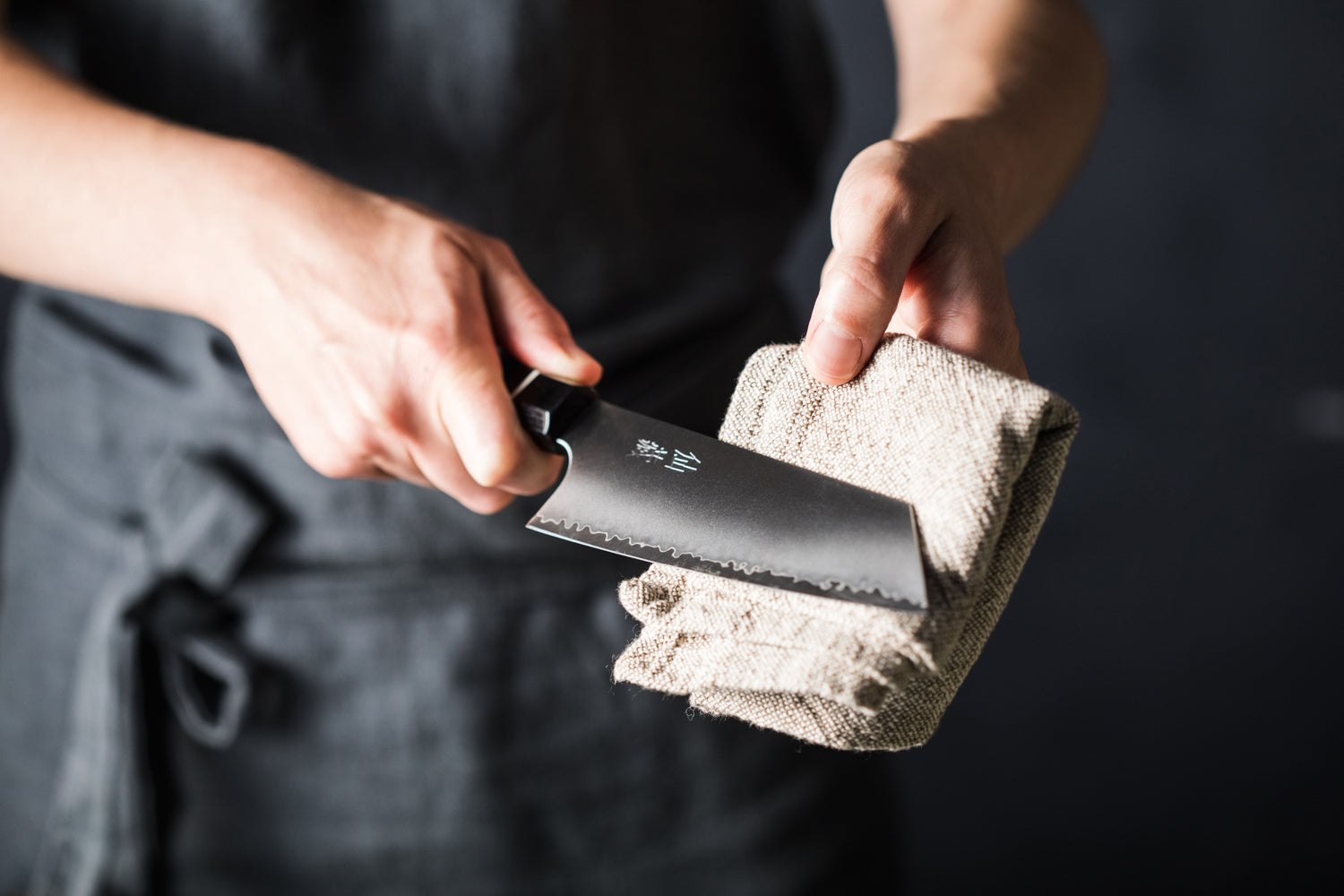Maintenance
Loss of sharpness is a natural cycle of any sharp blade and sooner or later every knife will lose its edge and become blunt. Every blade must therefore be sharpened. The ability to keep an edge depends on the choice and treatment of the material a blade is made of. Naturally, we can do our own part by taking care of and maintaining the blade and using correct cutting and chopping techniques.
-
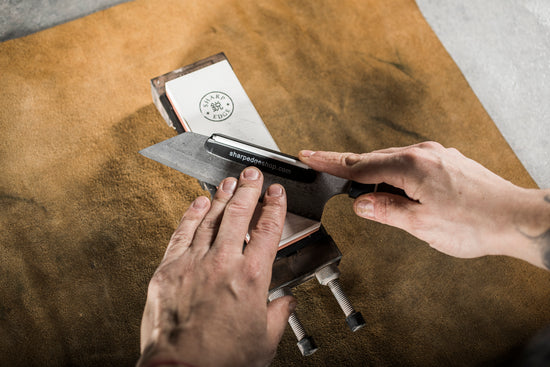
REGULAR SHARPENING
Knife sharpening is not a difficult task. We are big supporters of the idea that everyone should learn how to sharpen a knife. Check out our step-by-step Knife Sharpening Video Guide for Beginners.
-
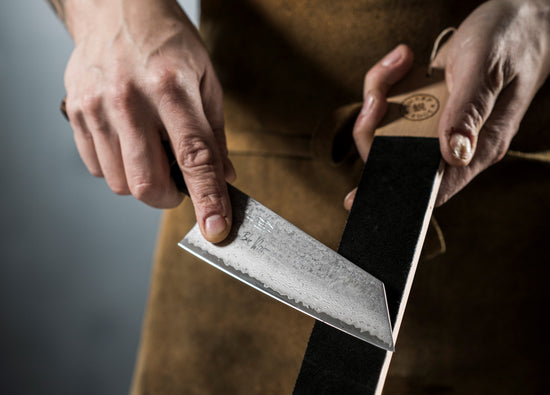
REGULAR BLADE STRAIGHTENING - HONING ROD!
Contrary to common belief, a honing rod or butcher’s steel is not used to sharpen the blade, but to straighten it. It straightens the tip of the blade for microscopic realignment and removal of blade deformations.
-
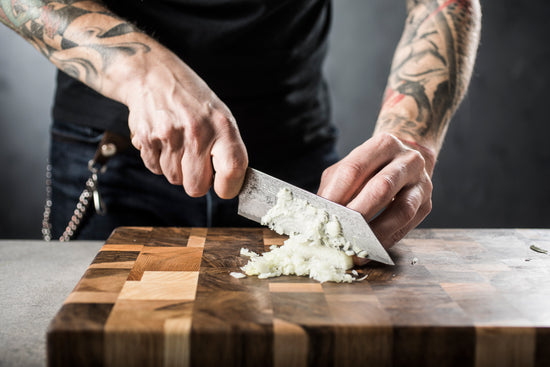
PROPER USE
Japanese knives are made of very hard steel (61+ HRC hardness). This allows the blade to be very thin, which ensures long-lasting, fine sharpness. That's why Japanese knives are also lighter in weight than other knives, but they are more sensitive than cheaper knives made of softer steels.
Knife Sharpening Video Guide for Beginners
The basics of kitchen knife care and maintenance:
→ Use a wooden, plastic or rubber cutting board. On no account don’t use them on glass, ceramics, marble or steel.
→ Don’t leave your knives in the sink. Wash each knife by hand.
→ Don’t wash your knives in the dishwasher. The heat can damage the handles, edges can chip, and humidity inside the dishwasher can corrode the blade.
→ After use, wash the knives and wipe them dry.
→ When not in use, blades should always be protected so they don’t come into contact with other kitchen utensils. We recommend using a magnetic rack, knife blocks, especially designed drawers or using protective sheaths or sayas made of wood or leather.
→ A knife is a tool intended for specific use. Don’t use it for any other purpose: it’s not a can opener, screwdriver, trowel, wire cutter, hammer etc.
→ Kitchen knives are meant for preparing food. Use the right knife for the task at hand – a small paring knife intended for delicate work won’t do well if you’ll try to chop bones with it.
